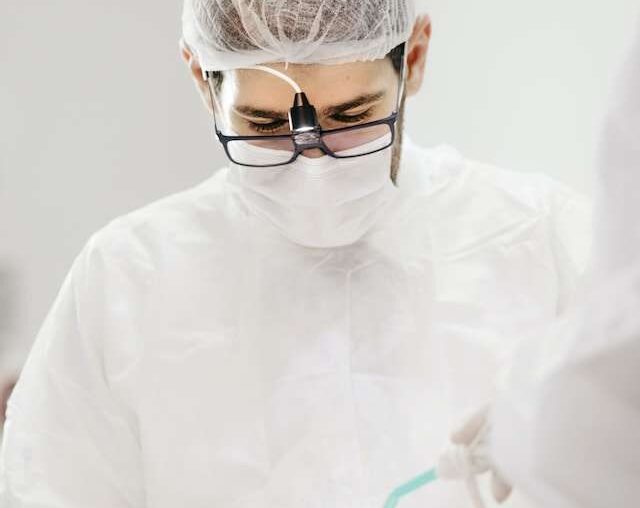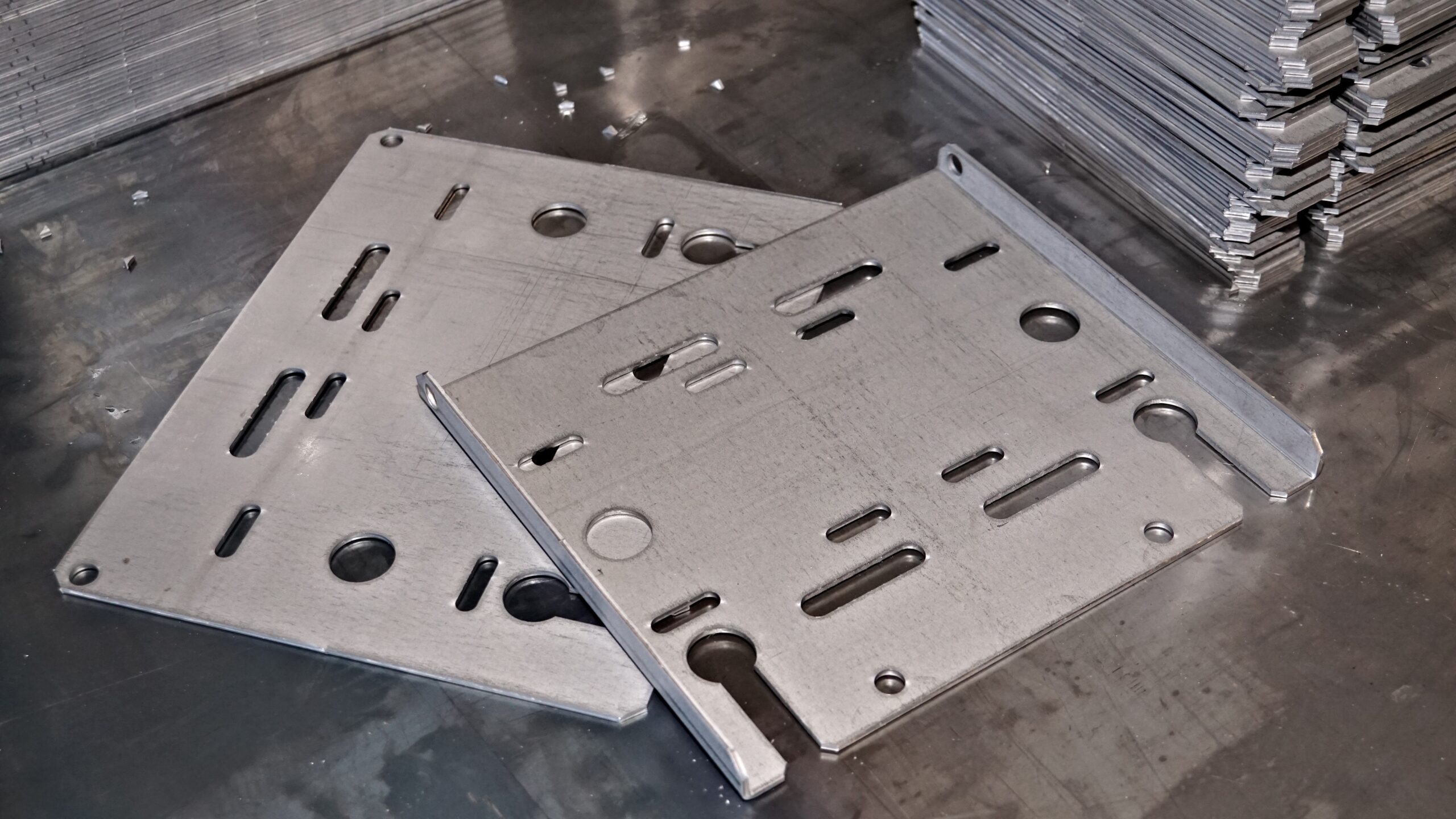Imagine going to the dentist and leaving without the discomfort of drills, bleeding, or long recovery times. Sounds like a dream, right? Well, thanks to diode lasers in dentistry, this is now a reality. These advanced tools are transforming dental treatments by making procedures more precise, less painful, and quicker to heal. Whether it’s treating gum disease, performing soft tissue surgeries, or even teeth whitening, diode lasers are changing the way dentists work. Let’s dive into how these high-tech tools improve precision and reduce recovery time in modern dentistry.
What Are Diode Lasers in Dentistry?
Diode lasers are small, handheld devices that emit a concentrated beam of light. This light is absorbed by soft tissues, allowing dentists to perform various procedures with minimal discomfort. Unlike traditional methods that involve scalpels or drills, diode lasers work by gently vaporizing tissue, reducing the need for stitches and minimizing bleeding.
These lasers are widely used in procedures like gum contouring, treating oral infections, and even reducing tooth sensitivity. Since diode lasers are less invasive than conventional methods, they significantly speed up the healing process.
How Do Diode Lasers Improve Precision?
Precision is one of the most significant advantages of diode lasers in dentistry. Here’s how they enhance accuracy in dental treatments:
1. Targeted Treatment
Diode lasers allow dentists to focus on a specific area without affecting the surrounding tissues. This is particularly useful in gum surgeries, where precision is crucial for reshaping and removing infected tissue without damaging healthy gums.
2. Minimal Bleeding and Swelling
Traditional dental tools can cause bleeding and swelling, making recovery longer and more uncomfortable. Diode lasers cauterize blood vessels as they cut, reducing bleeding and inflammation during and after the procedure.
3. Better Visibility for Dentists
Since lasers minimize bleeding, dentists have a clearer view of the treatment area. This improves their accuracy, ensuring that they remove only the affected tissue and leave healthy areas untouched.
How Diode Lasers Reduce Recovery Time
The faster the healing process, the better the experience for the patient. Diode lasers significantly shorten recovery times by:
1. Less Invasive Procedures
Traditional dental procedures often require cutting and suturing, which take time to heal. With diode lasers, treatments are minimally invasive, reducing the need for stitches and allowing the body to heal faster.
2. Reduced Pain and Discomfort
Many patients fear dental procedures because of pain. Diode lasers, however, cause minimal discomfort. Since they seal nerve endings while cutting, they reduce post-treatment pain, often eliminating the need for anesthesia.
3. Lower Risk of Infection
Open wounds in the mouth can lead to infections if not properly cared for. Diode lasers sterilize the treated area, killing bacteria and reducing the risk of post-procedure infections.
Example: How Diode Lasers Transformed a Patient’s Experience
Let’s take the case of Sarah, a 35-year-old woman who suffered from severe gum disease. She avoided the dentist for years because she feared the pain of traditional treatments. When she finally decided to get her gums treated, her dentist recommended diode laser therapy. The procedure was quick, with minimal bleeding and no need for sutures. Within a few days, Sarah noticed a significant improvement in her gums without the usual swelling and pain. Thanks to diode lasers, she overcame her dental anxiety and regained her healthy smile.
Common Dental Procedures Using Diode Lasers
1. Gum Disease Treatment
Diode lasers help remove infected tissue and bacteria from the gums, promoting faster healing and reducing the risk of reinfection.
2. Teeth Whitening
Lasers activate the bleaching agents used in professional teeth whitening, making the process faster and more effective.
3. Canker Sore and Ulcer Treatment
Diode lasers can relieve pain and speed up the healing of mouth ulcers and cold sores by reducing inflammation.
4. Gum Reshaping (Gingivectomy)
Patients who want a more symmetrical gum line can benefit from diode lasers, which precisely reshape the gums with minimal discomfort.
5. Removing Oral Growths
Dentists use diode lasers to remove small growths or benign tumors in the mouth without the need for surgical cutting.
Are Diode Lasers Safe?
Yes, diode lasers are entirely safe when used by a trained dental professional. They have been approved by dental regulatory bodies and have been successfully used for years in various treatments. Since diode lasers minimize pain and bleeding, they are an excellent choice for patients with dental anxiety or those looking for a more comfortable dental experience.
The Future of Diode Lasers in Dentistry
As technology continues to advance, the role of diode lasers in dentistry will only expand. More dentists are adopting laser technology to provide their patients with quicker, pain-free treatments. Future developments may include improved laser precision, enhanced healing properties, and even more applications for different dental conditions.
Conclusion
Diode lasers in dentistry are revolutionizing the way dental treatments are performed. With their ability to improve precision and reduce recovery time, they offer a significant advantage over traditional methods. From treating gum disease to reshaping gums and whitening teeth, these lasers provide a painless and effective solution for many dental concerns. If you’ve been putting off a dental visit due to fear of pain or long recovery times, it might be time to explore laser dentistry. Talk to your dentist today and experience the future of dental care.



